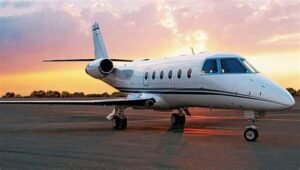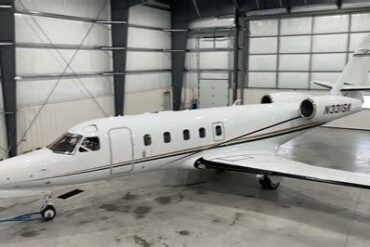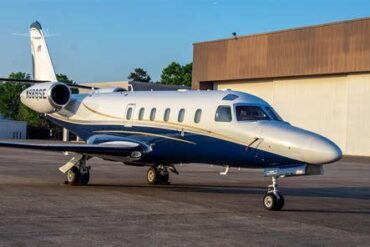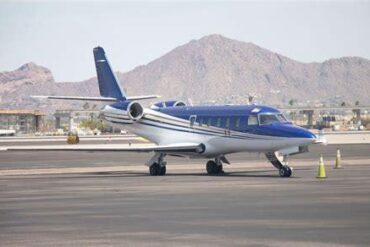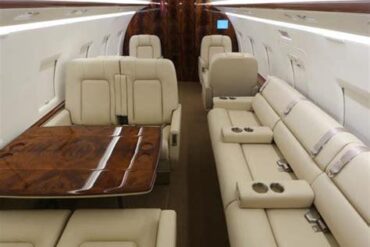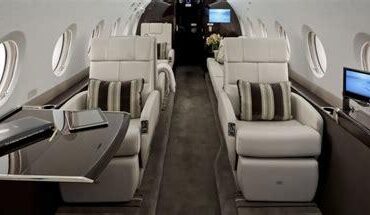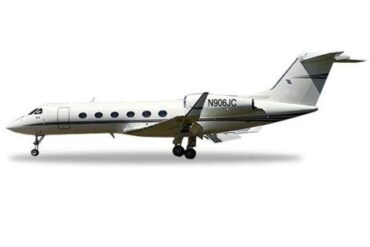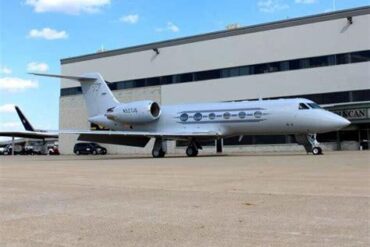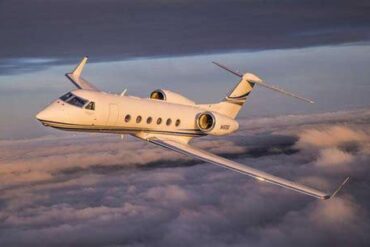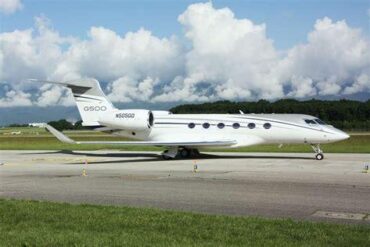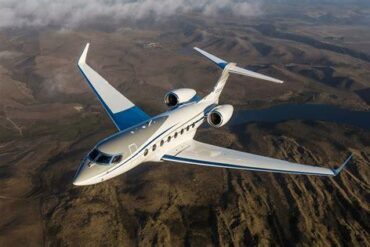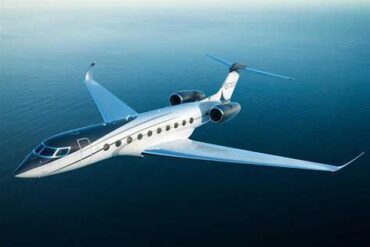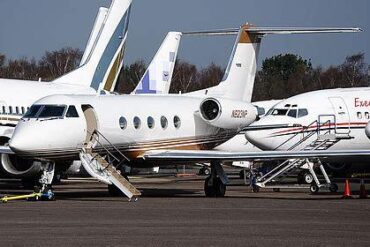The Gulfstream G150 is a remarkable entry in the world of business aviation, celebrated for its impressive performance, spacious cabin, and operational efficiency. As we explore the price and operating costs associated with the G150, we will delve into various aspects that prospective buyers and operators should consider.
Overview of the Gulfstream G150
The Gulfstream G150 is a mid-size business jet that combines luxury with high performance. It features advanced avionics, a range of about 3,000 nautical miles, and the ability to comfortably seat up to eight passengers. With its sleek design and powerful engines, the G150 stands out as an excellent choice for corporate travel and personal use alike.
Initial Purchase Price of the Gulfstream G150
When considering the acquisition of a Gulfstream G150, the initial purchase price is a significant factor. As of 2023, the market value of a pre-owned G150 typically ranges from $2.5 million to $4 million. The price can vary based on several factors including the aircraft’s age, condition, total flight hours, and installed features.
Factors Influencing the Purchase Price
-
Aircraft Condition: A well-maintained aircraft with a complete service history will command a higher price. Buyers should thoroughly inspect the aircraft and review maintenance records before making a decision.
-
Flight Hours: The total flight hours logged by the aircraft play a critical role in determining its value. Lower flight hours generally indicate less wear and tear, making the aircraft more desirable.
-
Upgrades and Modifications: Upgrades such as enhanced avionics, interior refurbishments, and engine overhauls can significantly affect the purchase price. These improvements may justify a higher asking price.
Operating Costs of the Gulfstream G150
Operating costs are crucial for any business jet owner, and the Gulfstream G150 is no exception. Understanding these costs helps in budgeting and financial planning. The operating costs can be broken down into several categories:
1. Fuel Costs
Fuel costs represent one of the most significant ongoing expenses for the G150. The aircraft has a fuel burn rate of approximately 200 gallons per hour. With an average fuel price of $5.00 per gallon, operators can expect to spend around $1,000 per hour on fuel alone. This figure can fluctuate based on fuel prices and operational practices.
2. Maintenance Costs
Regular maintenance is vital for ensuring the safety and longevity of the Gulfstream G150. Owners should budget for both scheduled and unscheduled maintenance. On average, annual maintenance costs can range from $100,000 to $250,000, depending on usage, condition, and adherence to the manufacturer’s maintenance schedule. Key maintenance considerations include:
-
Airframe Maintenance: Routine inspections and repairs are necessary to keep the airframe in top condition.
-
Engine Overhaul: Engine maintenance is often a substantial expense, particularly as the aircraft ages.
-
Component Replacements: Parts such as tires, brakes, and avionics may need replacement over time, contributing to overall maintenance costs.
3. Crew Salaries
For those who opt to hire pilots and cabin crew, salaries represent another essential operating cost. A typical flight crew for the G150 includes one or two pilots, with salaries ranging from $80,000 to $150,000 per year per pilot, depending on experience and location. Additionally, cabin crew salaries will add to this expense if onboard service is required.
4. Insurance Costs
Insurance is a necessary expenditure for any aircraft owner. For the G150, annual insurance premiums typically range from $20,000 to $30,000, depending on coverage levels, the owner’s flying history, and other risk factors. It is advisable to work with a specialized aviation insurance broker to ensure adequate coverage.
5. Hangar Fees
Storing the Gulfstream G150 requires hangar space, which incurs monthly fees. Depending on the location, hangar fees can vary widely, averaging between $1,000 to $3,000 per month. In major metropolitan areas, costs may be significantly higher.
6. Miscellaneous Costs
Other costs can include landing fees, catering, ground transportation, and de-icing services during winter months. Depending on the frequency of flights and the level of service required, these miscellaneous costs can accumulate and should be factored into the overall operating budget.
Total Estimated Operating Costs
Taking all these factors into account, the estimated total operating costs for the Gulfstream G150 can range from $600,000 to $1 million per year. This estimate considers a typical usage scenario, flying approximately 400 to 500 hours annually.
Breakdown of Annual Operating Costs
-
Fuel: $400,000 (assuming 400 hours at $1,000 per hour)
-
Maintenance: $150,000
-
Crew Salaries: $120,000 (for two pilots)
-
Insurance: $25,000
-
Hangar Fees: $36,000 (average $3,000 per month)
-
Miscellaneous Costs: $50,000
Cost-Benefit Analysis of Owning a Gulfstream G150
Investing in a Gulfstream G150 offers several advantages, particularly for businesses that require flexibility and efficiency in travel. When conducting a cost-benefit analysis, it is essential to weigh the operating costs against the benefits provided by owning the aircraft:
Benefits of Owning a Gulfstream G150
-
Time Savings: The G150 enables direct point-to-point travel, significantly reducing travel time compared to commercial flights. This time savings can translate into increased productivity.
-
Access to More Airports: The G150 can access smaller airports that commercial airlines cannot, providing flexibility in travel plans.
-
Comfort and Privacy: The luxurious cabin environment allows for a comfortable travel experience, complete with amenities conducive to work or relaxation.
-
Customization: Owners have the option to customize the interior to suit their preferences, enhancing the overall travel experience.
Conclusion
In conclusion, the Gulfstream G150 stands out as a premier choice for those seeking a blend of performance, comfort, and operational efficiency. While the initial purchase price and operating costs can be substantial, the benefits of ownership—such as time savings, flexibility, and customization—often outweigh these expenses. Careful consideration of all costs involved, along with a thorough understanding of the aircraft’s capabilities, will ensure that prospective owners make informed decisions that align with their travel needs and financial objectives.
